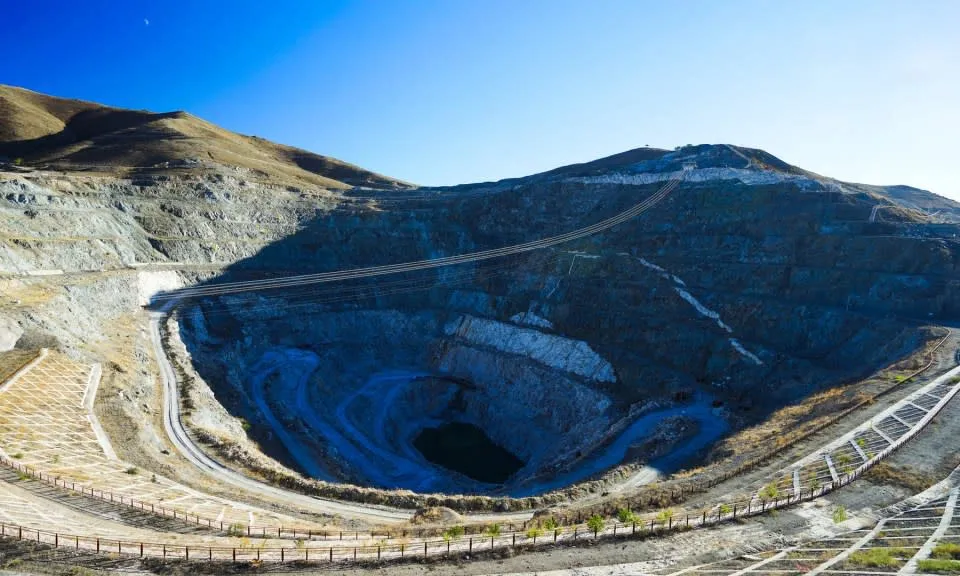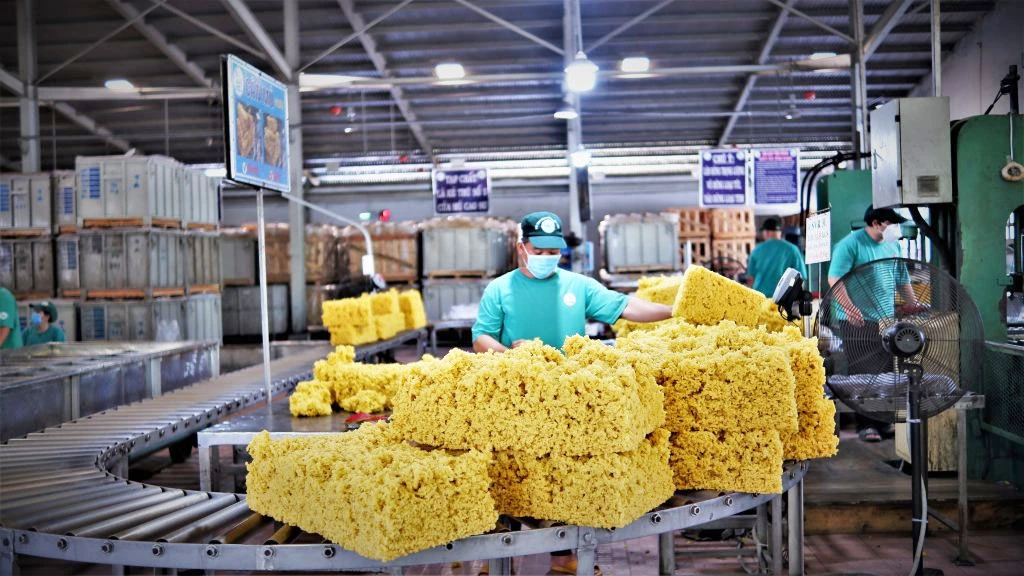
China discovers 1.15 million tons of rare earth mine
Article content
China has discovered a giant rare earth deposit in Honghe, Yunnan Province, which is expected to yield more than 1.15 million tonnes of resources, Interesting Engineering reported on January 18. The deposit is a potential source of praseodymium, neodymium, dysprosium and terbium, according to the China Geological Survey (CGS).
The new discovery is a super-large ion-adsorption rare earth deposit, marking another breakthrough in China's resource exploration. The first such deposit was discovered in 1969 in Jiangxi Province.
Ion-adsorption rare earth deposits are mineral deposits where rare earth elements are naturally concentrated and adsorbed on the surface of clay minerals. They are usually found in weathered granite soils, and are relatively easy to mine using environmentally sensitive methods such as ion exchange.
The new mine is expected to become China's most important medium-to-heavy rare earth element mine. Once operational, it will significantly boost China's rare earth resources, feeding a wide range of industries from commercial electronics to electric vehicles.

Xinjiang Rare Metals National Mining Park in China. Photo: Chao-Feng Lin/iStock.
The new discovery continues a string of successful mineral exploration in China in 2024. In July 2024, Chinese geologists discovered two new minerals, Oboniobite and Scandio-fluoro-eckermannite, at the world's largest rare earth mine, Bayan Obo, in Inner Mongolia. These minerals often contain valuable elements for new energy, information technology, aerospace, defense, and military industries.
China also discovered a giant gold mine in November 2024 in Pingjiang County. According to reports, there are more than 40 gold veins with a reserve of 300 tons located 2,000 meters below the Wangu gold mine. The total gold reserves at the site are estimated to exceed 1,000 tonnes.
The latest discovery is the result of CGS establishing a national geochemical database network, which generates extensive data sets and mineral exploration techniques. To achieve this, CGS has significantly enhanced its advanced geochemical exploration capabilities.
China is one of the world's leading producers of rare earth elements. According to the United States Geological Survey (USGS), the new discovery adds to China's already impressive portfolio of rare earth mineral deposits, which currently includes 17 metal oxides with reserves of 44 million tonnes. Last year, China's rare earth exports increased by 6% to 55,431.1 tonnes.
Thu Thao (According to Interesting Engineering)







